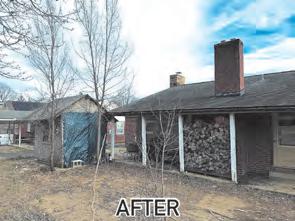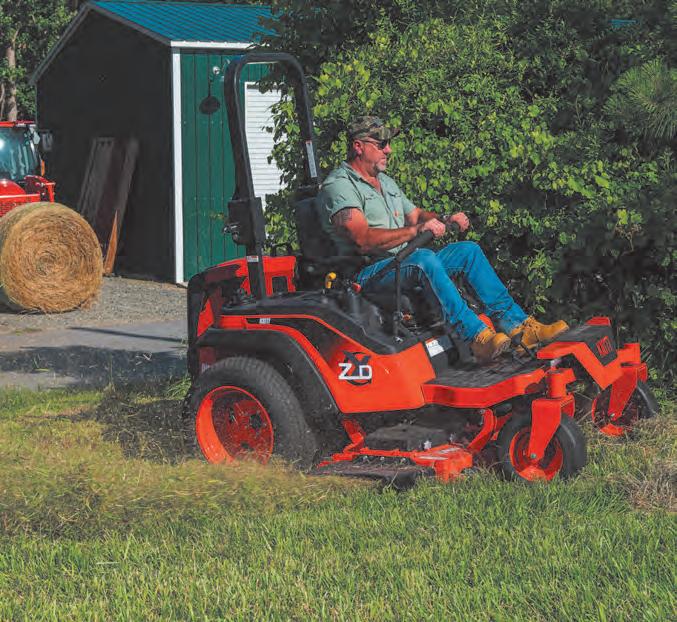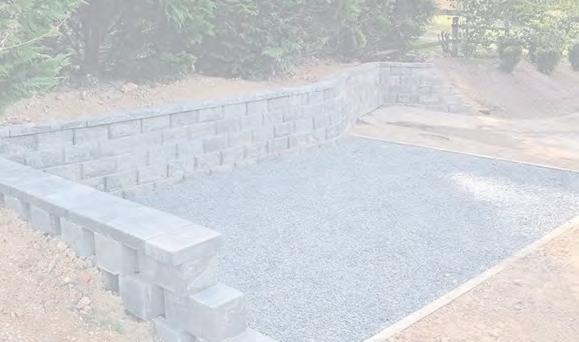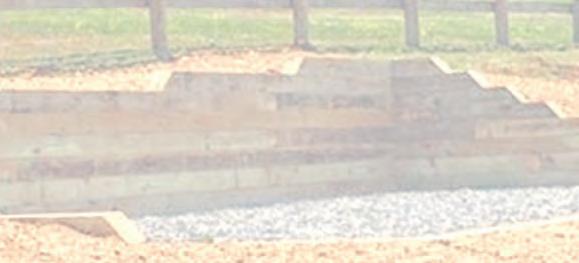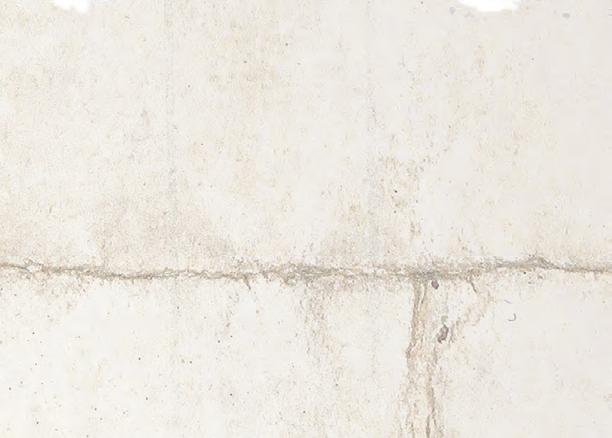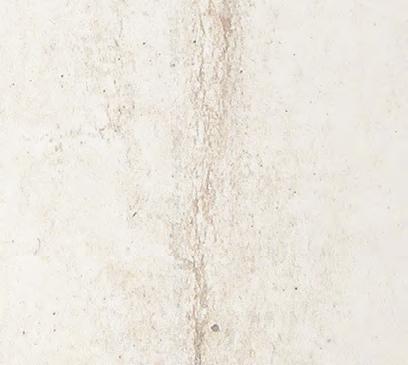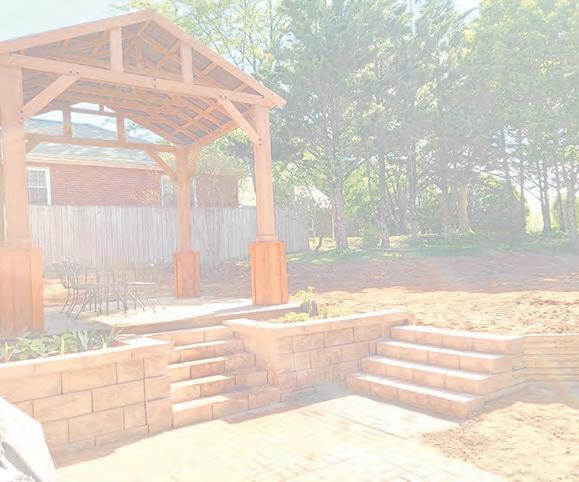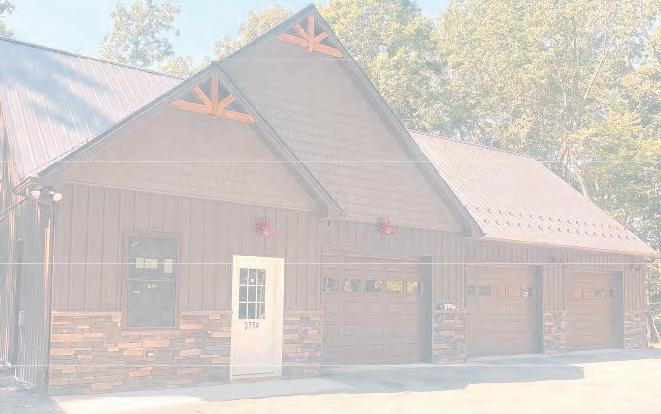
























By RICHARD H. HRONIK III Daily News-Record
As the busy spring housing market gets into gear, an associate broker at Old Dominion Realty offers tips to homeowners looking to sell.

Renee Whitmore, a broker at Old Dominion Realty’s Crossroads office, said there are three main steps homeowners should complete before selling their home.Drawing on her experience with the firm, she said that, in order to get the best possible price for their home, anyone looking to sell should find an agent they trust and work with the agent to make their home presentable to potential buyers.
“I think the first step is to contact a real estate agent that can assist you through the process and help guide you,” Whitmore said. “Number one, to price your house properly. Number two, get it ready in terms of conditions and staging. Number three, make sure that you find the right price.”
Whitmore said the most important part of the process is performing maintenance on the home to make it as attractive as possible to potential buyers. While homeowners may be used to living with some small things being broken in their homes, like a door that sticks halfway open or a leaky faucet,

A for sale sign beckons buyers.
Whitmore explained that these can be deal-breakers for home buyers.
“One of the things that I do as a real estate agent when I’m meeting with a seller and I’m walking through their house with them to help them get their house ready is, we’re looking for anything that needs to be repaired,” Whitmore said. “Anything that might need to be touched up. We’re going through the house and making a list of things that might need to be
repaired or freshened up before going on the market.”
These repairs can include repainting the walls, touching up trim where the wall meets the floor, fixing carpets, and cleaning everything. De-cluttering can make a big difference, especially in smaller properties, Whitmore said.
In addition to de-cluttering, Whitmore said de-personalizing a home was crucial to making it appeal to buyers.
“That goes back to making sure the
color palette is pretty neutral, and it’s not taste-specific,” Whitmore said. “And also making sure that folks are taking down their personal photos and their personal artifacts throughout the house, just to make sure it reaches the biggest buyer pool possible.”
Once repairs have been made and the home has been cleaned and de-personalized, Whitmore said the seller should take lots of pictures of their house. She explained that this can help people get more interested in a listed home.




















Although the housing market has been difficult for buyers for the past few years, Whitmore said it’s much more friendly to sellers.







“I would say that it’s never really a bad time to put your house on the market,” Whitmore explained. “If you need to sell, any market is a good market to put your house on. We still have buyers looking to buy houses, and the interest rates are not as high as they were a year or so ago.”
Contact Richard H. Hronik III at rhronik@dnronline.com, 540-2083278, or on Twitter @rhronikDNR
By KIM COOK
The Associated Press
Our homes have been multitasking for a while now. They may be where we work, they are certainly where we play, and in today’s stress-filled world, they’re often the place where we feel most at peace.
Spurred by the pandemic, dens became offices, extra bedrooms became workout zones, dining rooms morphed into multifunctional creative spaces.
Often, we’re seeing rooms transformed into sanctuaries of self-care: welcome to the “wellness room.”
“Small sophisticated home gyms, music rooms, meditation rooms and Zen gardens are some of the wellness spaces we’ve designed recently,” says designer Gonzalo Bueno, who owns the firm Ten Plus Three in Dallas. “Spaces for wellness, retreat and recharging are all really popular right now.”
Bueno and his team combined several of these ideas in a home renovation in Austin, Texas. There is an outdoor Zen garden, flanked indoors by a meditation room on one side and the soaking tub of the primary bath on the other, with both facing a serene green space.
Holistic high and low tech
“Soundbathing,” where you immerse yourself in soothing instrumental and natural sounds, has become popular at many professional spas. Now, companies are making versions for the home, or you can set one up yourself.
Create a low-tech soundbathing studio with some comfy pillows, yoga mats, essential oil scent and dimmed lights or candles and then either play or use re-
corded sounds of chimes, singing bowls and gongs. You can find links to meditation sounds online.
There are full-size beds available that use low frequency sound and vibrations, or you can find cushion-y mats with some of the same features, far less costly.
Traditional saunas use steam, but infrared light saunas are an easier-to-install alternative for indoors. Several makers offer single, two-or three-person versions made of wood or just an insulated fabric. Fancy ones come equipped with Bluetooth audio and color-changing lights.
If you really want to splash out on an in-house, multi-sensory, luxury experience, there are shower units integrating tech into customizable water, steam, lighting and music.
Quiet and maybe deep
Jack Ovadia, whose eponymous design firm is based in New York, created a one-person onsen, the Japanese deepsoak-style tub, for a Phoenix client. The cocoon-like space has a contemplative wall of terrazzo pebbles and a pretty, petal-bedecked chandelier above.
But he also is doing wellness rooms that can multi-serve with a sauna and then an invigorating cold plunge tub. In his own home, he has an area to practice yoga and Pilates.
“Having a private space is essential,” Ovadia says. “A wellness room should be a space where the outside world dissolves; no background noise, no movement beyond your own. This is where you go to let go; to drop into something quieter, something deeper.”
See WELLNESS, Page 7

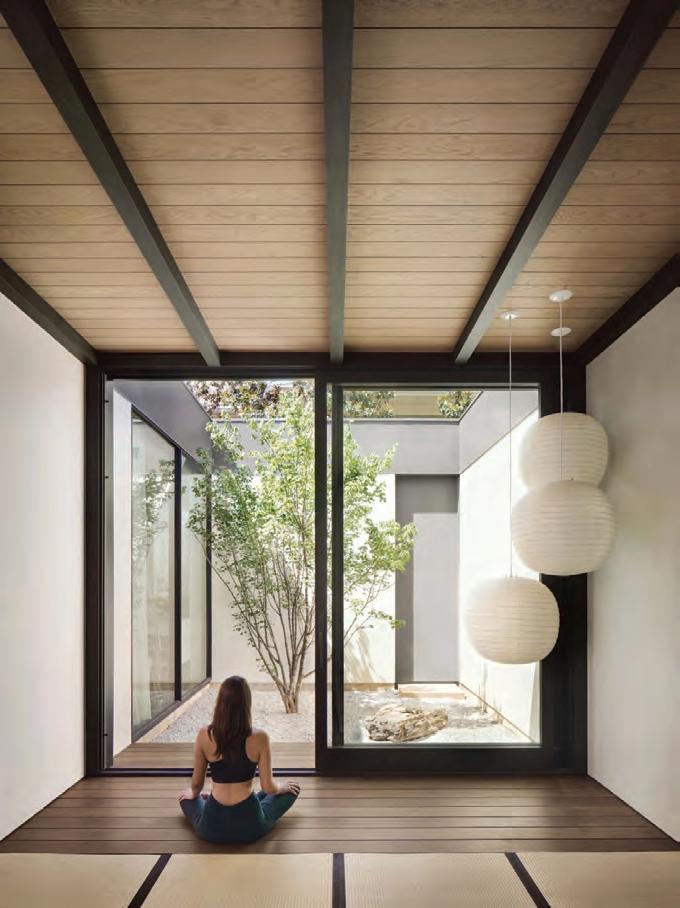














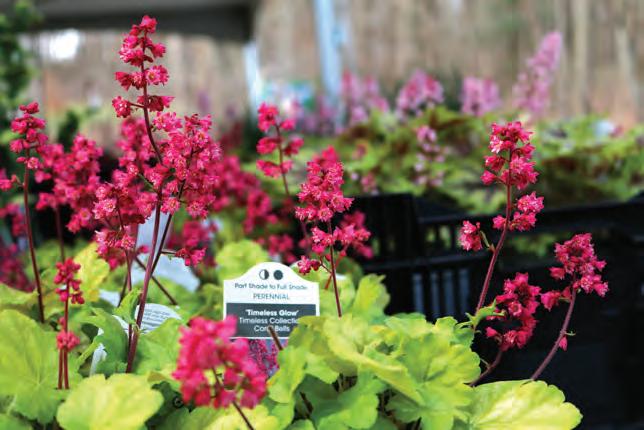

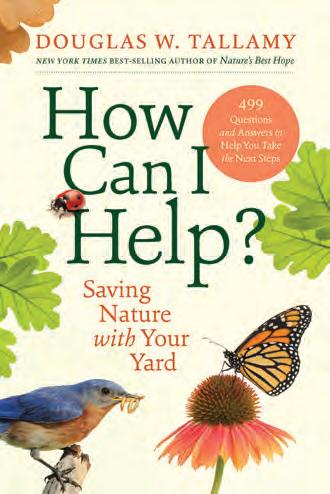
By JESSICA DAMIANO The Associated Press
If you’re a human living on this planet, you should get to know Doug Tallamy, the entomologist and University of Delaware professor whose groundbreaking 2006 book, “Bringing Nature Home,” supercharged the native plants movement.
Tallamy made a case that our native birds and insects evolved with native plants, so they recognize them as food. The loss of these native plants and habitats to development poses an existential threat not just to wildlife, but to us.
Since then, Tallamy co-founded Homegrown National Park, a grassroots movement whose mission is to “urgently inspire everyone to address the biodiversity crisis by adding native plants and removing invasive ones where we live, work, learn, pray, and play.”
Tallamy chatted with The Associated Press about his decades-long
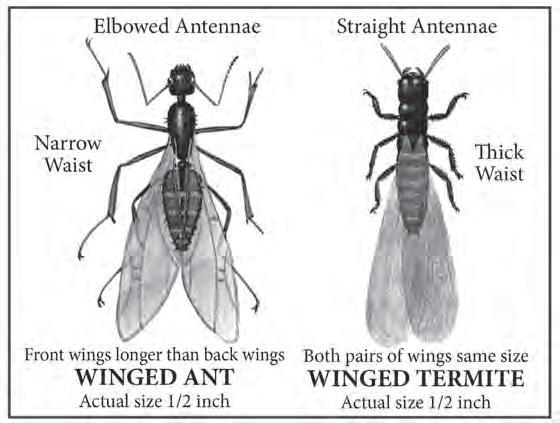


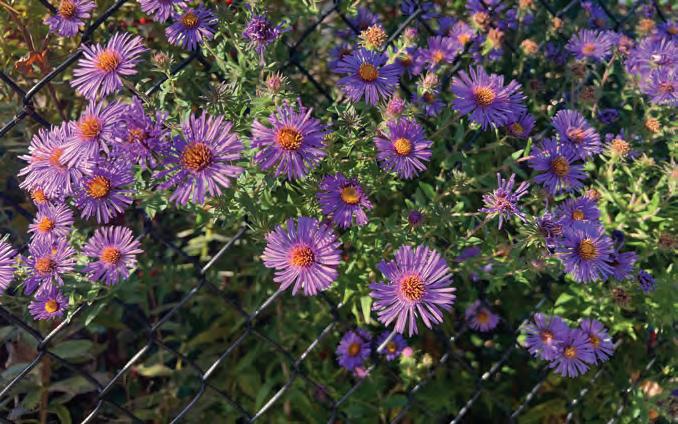
research, his new book, “How Can I Help?” and what he’s planning next.
The interview has been edited for length and clarity.
AP: What initially inspired you to focus on native plants and their relationships with insects?
TALLAMY: I am an entomologist, so I always think about insects, but it was when my wife, Cindy, and I moved into our home in Oxford, Pennsylvania. The developer had mowed the land for hay, and when you do that, what comes back is all the invasive plants from Asia, so we ended up with 10 acres of invasive species. Watching the insects interact with those plants showed very clearly that our native insects do very poorly with them.
So we put the plants that they require back. Ever since, I’ve been measuring the number of bird species that have bred on our property — 62 — and the number of moth species — 1,337 — that produce the caterpillars that those birds need to reproduce. And that tells me it works.
About 80% of the plants in our residential landscapes are non-native plants. They don’t have to be invasive to wreck the food web. So that led me in a whole new research direction to find out what is happening to the food web.
We got the numbers that supported the argument that native plants are essential, insects are essential, insects are declining, the birds that need them are declining.
AP: How has public awareness of native plants and biodiversity evolved since you wrote “Bringing Nature Home”?
TALLAMY: I have been talking about it for 20 years and can measure the public response. I get three or four speaking requests a day. Interest is going through the roof.
My message is that you can be part of the solution instead of contributing to the problem just by how you landscape your property. You can reduce the area that you have in lawn, you can put in powerful plants that support biodiversity and you can watch it come back to your own yard. And that empowers people.
AP: What are the biggest misconceptions that people have about insect conservation and native plants?
TALLAMY: A common one is that native landscaping is essentially the lack of landscaping and you just stop doing anything. That’s not true at all. They think all native plant landscapes are wild and messy, but they don’t have to be, by any stretch.
Another misconception is that if you use native plants instead of crape myrtle from Asia, it’s going to lower your property value. These are the talking points of homeowners’ associations. If you don’t have most of your property in lawn, you’re not a good citizen.
AP: How do you respond to people
Most houseplants are tropical plants that require the warm, somewhat humid conditions
By JESSICA DAMIANO
The Associated Press
Most houseplants are tropical plants that require the warm, somewhat humid conditions of their natural habitat.
In the home, many can become tired-looking, especially over winter, when even your brightest window provides lower-than-ideal light levels.
So why not send your houseplants on a vacation from which they’ll return re-energized, invigorated and having grown like, well, a weed?
First, slip plants out of their pots to ensure their roots aren’t crowded. If they are, loosen them gently and replant them in a container exactly 2 inches larger (no more, no less), then make a game plan.
Make sure the weather is right
Just as you might avoid visiting certain areas during extreme seasonal weather events, your plants’ summer vacation plans should also be carefully timed.
Jumping the gun, such as setting them out on the first warm spring day, could be injurious or even fatal. Some tropical plants can suffer severe damage when temperatures drop to just 45 degrees Fahrenheit.
Wait until nighttime temperatures remain reliably above 60 degrees, then harden plants off by placing them in a shady outdoor spot (to avoid sunburn) for an hour or two. Then bring them back indoors.
Repeat this daily over the course of a week, increasing their outdoor exposure by one hour each day.
At the end of the week, they should be well acclimated to the stronger light, longer days and the wind of the great outdoors, where they can spend the summer.
Growing plants need nutrients
While on vacation outdoors, your plants will benefit from natural sunlight, rain showers that will cleanse their leaves and provide hydration, and breezes that will train them to stand stronger.
They’ll also likely grow with reckless abandon.
All this added vigor means they’ll require the nutrients of a growing teenager. Apply a slow-release fertilizer according to package directions or a fast-release product diluted to half strength once every two weeks.
Avoid fertilizing during heat waves or when plants are otherwise under stress; forced growth when they are struggling will only make them weaker.
Plants that would rather stay home
There are some plants, however, that are homebodies. Those with delicate, fuzzy or velvety foliage, such as African violets, should never be exposed to leaf-wetting rain, direct sunlight or wind.
Low-light houseplants such as Pothos, ZZ plant, Chinese evergreen, snake plant and cast iron plant can be placed outdoors, but only in a shady spot.
Even there, they should be monitored for signs of sunburn or scorch and returned home if they display symptoms.
In late summer or early fall, when temperatures threaten to drop below 60 F in your garden, reverse the acclimation process by moving plants into the shade for incrementally longer periods each day for a week. Then, inspect them for insects and, for good measure, give them a hose shower before bringing them back home.
They’ll be happy campers



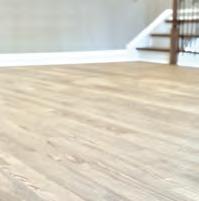
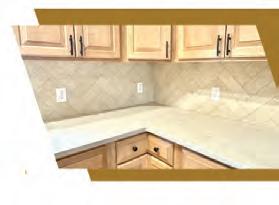


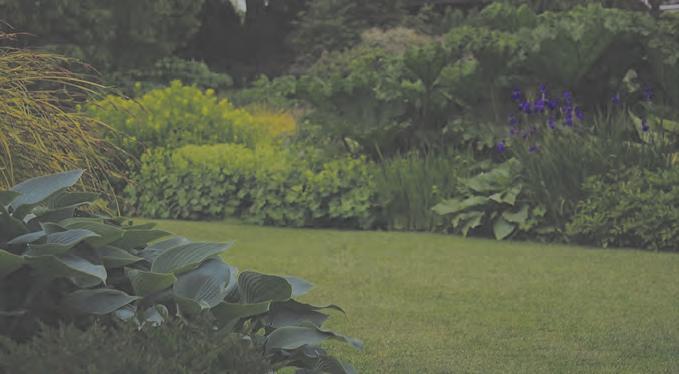


Cindy Tallamy via AP
This May 2015, image provided by Doug Tallamy shows the University of Delaware entomologist and father of the modern native plants movement taking photos of

who fear that “wild” look?
TALLAMY: We do have lawn as a status symbol. So, I don’t suggest we get rid of lawn. Instead, reduce the amount of area that’s in lawn.
You should use lawn where you walk because it’s the best plant to walk on without killing it. Line your sidewalk and your driveway with lawn, and have swaths of grass going through your property where you’re going to walk. Keep it low and manicured to show you understand what the culture is and that you’re intentional and taking care of your yard.
And when you do that, nobody even notices. You don’t get cited. You get cited when you try to put a big meadow in your front yard because nobody’s used to that.
AP: What simple actions can homeowners take to make the biggest impact on their local ecosystem?
TALLAMY: There are two.
First, reduce the lawn. Every property has to support pollinators, every property has to manage the watershed in which it lies and every property has to sequester carbon (plants remove

carbon dioxide from the atmosphere). That’ll help combat climate change. And every property has to support the viable food webs of the animals associated with the property.
Lawn does none of those things. If you have a lot of lawn, you get a lot of runoff, and you’re polluting your watershed with the fertilizers and the pesticides you put on the lawn. When you have a well-planted property, it keeps the water on site, cleans it, helps it soak into the ground and recharges your water table.
AP: What’s the second action?
TALLAMY: Choose plants that are going to support that food web, the ones that will share the most energy with other living things. That’s the problem with plants from other continents; our insects can’t eat them. So, there are no insects for the birds, and the food web stops.
In 84% of the counties where they occur, oaks are the No. 1 plant for passing along that energy. If you’re going to plant a tree, that is the best plant to choose.
AP: In your new book, “How can
BOOK , Page 7
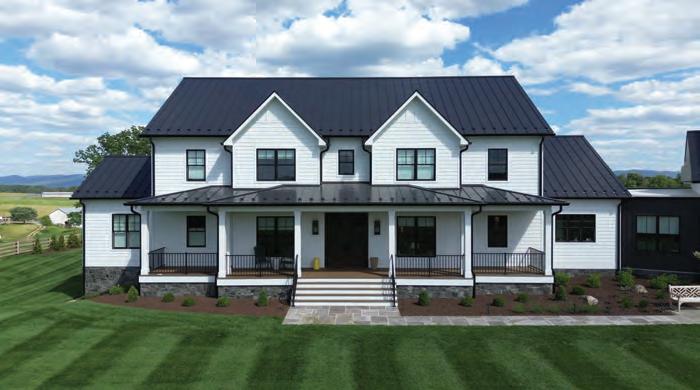
Your ideal wellness room might be a little more energetic than the serene, spalike versions.
“We’re designing more music rooms,” Bueno says, “which isn’t surprising since music is so healing. “
He notes how much fun it is to work with clients who have a passion — “art, yoga, music or entertaining” — and design spaces to help bring that passion home.
“Recent clients had an extensive vinyl collection,” he says. “Others have wanted a room to enjoy music during large family gatherings.”
Materials to set the mood
Make sure the size of the space suits your activity and you use materials to set the tone.
“Bring in warmth and a sense of calm with things like natural tan oak, cork, bamboo, neutral tones and organic textures,” Ovadia says.
Small table lights can be set on a timer to play calming nature sounds. Some offer a soft amber glow or an array of soothing day-to-evening hues. Invest in a comfy sectional if you have space, or look for
flop-worthy giant beanbags and squooshy oversize chairs.
If it’s an energy-filled space you’re after, Bueno has some suggestions for lighting that kicks things up a little, or a lot.
“We did a home gym with red accents, to bring in passion and motivating energy,” he says.
Engaging art can add to that vibe. Bueno mounted a clubby neon work in a large music/family room that says, “This Must Be the Place.” In the red gym hangs a contemporary piece that reads, “Keep On Keeping On.”
And for the quiet well room? Dreamy nature photographs, prints or mural wallpaper would be the chef’s kiss.
Nowhere to stake out a wellness room in your own place? You might have something similar in your hometown.
Public wellness spaces are becoming places to jive and gather as well. So-called social spas offering traditional spa services, as well as group hangout spaces and social activities, are popping up around the U.S.
“It’s the new nightclub,” Ovadia says. “Self-care is evolving into a shared experience, becoming a prominent scene rather than just a side routine.”

I Help?”, you answer 499 questions you’re most frequently asked and address the importance of ecological balance. How would you explain that to homeowners who may not be familiar with the science?
TALLAMY: I included chapters like that because we were never taught these things. How can I expect somebody to understand that conservation is important when they don’t know what biodiversity does, when they don’t know how much we depend on it totally? Or what evolution or natural selection is.
So, it’s a little primer to basic ecological knowledge that will help you understand how important these issues are.
AP: What upcoming projects are you excited about?
TALLAMY: Well, I’m getting closer to retirement, but I just graduated a master’s student who is looking at how we landscape underneath our trees
We talk about the importance of trees in creating the caterpillars that drive the food web. But those cater-


pillars drop from the tree and they pupate in the ground. And how we landscape under those trees determines whether or not those caterpillars will survive. So, that’s really an important addition to our landscape management tools.
You want uncompacted areas where we’re not walking, which means beds around our trees. If you’re mowing or walking under it, you’re squishing all those caterpillars.
So, we ranked all of the plant genera in North America in terms of their ability to support caterpillars and keep that food web going. We haven’t published it yet, but now we’ve got that data for every country in the world.
AP: Anything else you’d like to share?
TALLAMY: I always like to convey a sense of responsibility. It’s not just the job of a few ecologists or conservation biologists. It’s everybody’s responsibility because we all need it. You can do that by voting properly. You can do that by not hindering conservation efforts, or you can actively do it right on your own property. But everybody has a responsibility to do it.
